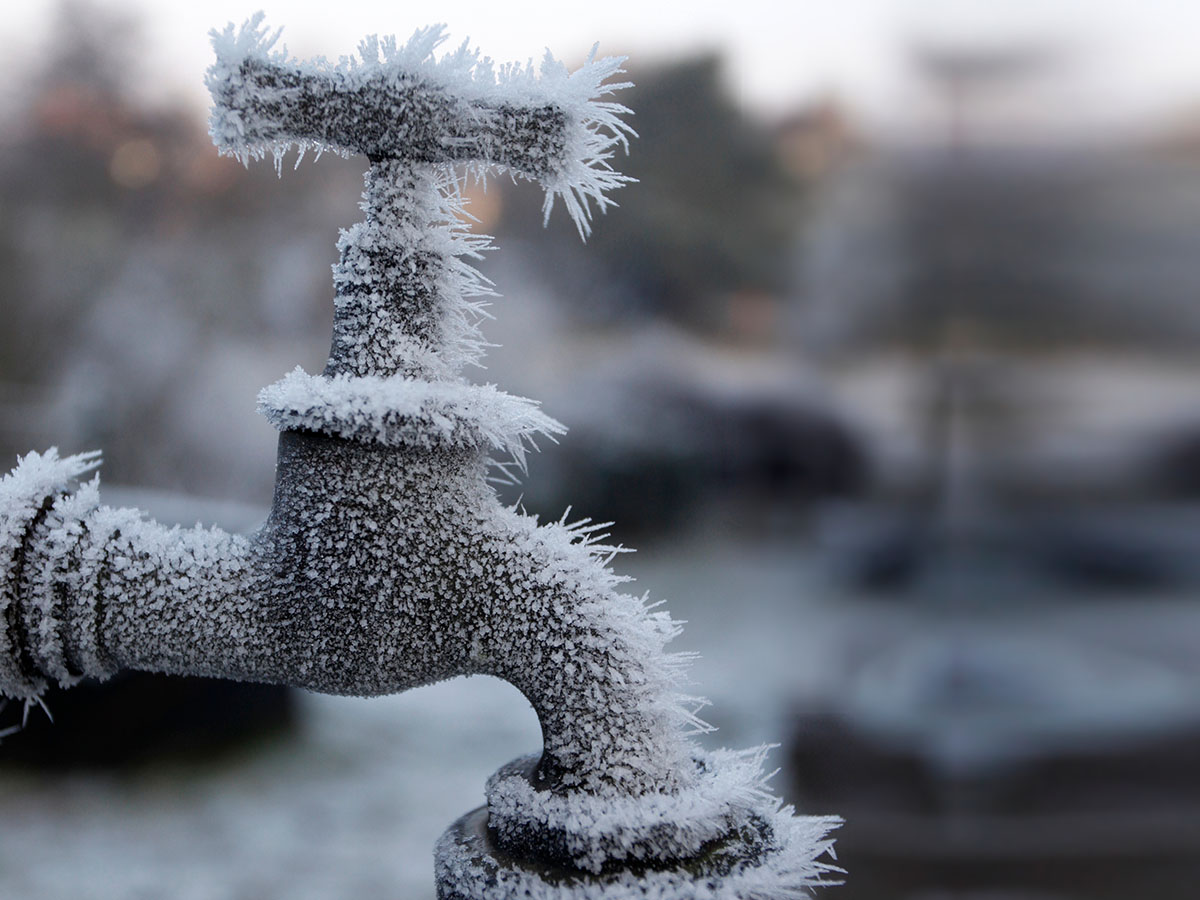Preventing Frozen Pipes in Cold Weather: Critical Tips
Preventing Frozen Pipes in Cold Weather: Critical Tips
Blog Article
We've unearthed the article on Helpful Tips to Prevent Frozen Pipes this Winter down the page on the web and figured it made sense to quickly share it with you over here.

Winter can damage your pipes, especially by freezing pipelines. Right here's just how to prevent it from taking place and what to do if it does.
Introduction
As temperatures decline, the risk of frozen pipelines rises, potentially causing pricey repair work and water damages. Recognizing exactly how to stop icy pipelines is critical for homeowners in cool environments.
Recognizing Icy Pipes
What creates pipelines to freeze?
Pipelines freeze when subjected to temperatures listed below 32 ° F (0 ° C) for expanded periods. As water inside the pipes ices up, it broadens, putting pressure on the pipe walls and possibly creating them to rupture.
Risks and damages
Icy pipes can result in supply of water disruptions, residential or commercial property damage, and pricey repair services. Burst pipelines can flood homes and create comprehensive architectural damage.
Indicators of Frozen Pipeline
Identifying frozen pipelines early can prevent them from breaking.
How to determine icy pipes
Try to find decreased water flow from taps, uncommon odors or noises from pipelines, and noticeable frost on exposed pipes.
Avoidance Tips
Shielding vulnerable pipes
Wrap pipelines in insulation sleeves or make use of warmth tape to protect them from freezing temperatures. Focus on pipes in unheated or outside locations of the home.
Home heating methods
Maintain indoor areas appropriately warmed, particularly areas with plumbing. Open cupboard doors to allow warm air to flow around pipelines under sinks.
Shielding Outside Plumbing
Garden hoses and outside taps
Detach and drain garden tubes before winter months. Install frost-proof faucets or cover exterior taps with shielded caps.
What to Do If Your Pipelines Freeze
Immediate actions to take
If you suspect icy pipes, maintain faucets open to soothe pressure as the ice thaws. Utilize a hairdryer or towels taken in hot water to thaw pipelines slowly.
Long-Term Solutions
Architectural adjustments
Take into consideration rerouting pipes far from outside walls or unheated locations. Include extra insulation to attics, cellars, and crawl spaces.
Upgrading insulation
Purchase high-grade insulation for pipes, attics, and wall surfaces. Correct insulation aids maintain constant temperatures and lowers the threat of icy pipes.
Conclusion
Stopping icy pipelines needs positive procedures and fast actions. By recognizing the reasons, indicators, and safety nets, house owners can secure their pipes during cold weather.
6 Proven Ways to Prevent Frozen Pipes and Protect Your Home
Disconnect and Drain Garden Hoses
Before winter arrives, start by disconnecting your garden hoses and draining any remaining water. Close the shut-off valves that supply outdoor hose bibs and leave the outdoor faucet open to allow any residual water to drain. For extra protection, consider using faucet covers throughout the colder months. It’s also important to drain water from any sprinkler supply lines following the manufacturer’s directions.
Insulate Exposed Pipes
Insulating your pipes is an effective way to prevent freezing. Pipe insulation is readily available at home improvement stores and is relatively inexpensive. Pay close attention to pipes in unheated areas such as the attic, basement, crawl spaces, or garage. Apply foam insulation generously to create a buffer against the cold. You can also wrap your pipes in heat tape or thermostat-controlled heat cables for added warmth.
Seal Air Leaks
Inspect your home for any cracks or openings that could let in cold air. Seal any holes around the piping in interior or exterior walls, as well as the sill plates where your home rests on its foundation. Additionally, make sure to keep your garage door closed unless you’re entering or exiting. Leaving it open creates a significant air leak that can lead to frozen pipes.
Allow Warm Air Circulation
During cold snaps, it’s essential to allow warm air to circulate evenly throughout your home. Leave interior doors ajar to promote better airflow. Open kitchen and bathroom cabinets to help distribute heat consistently around the rooms. If you have small children or pets, be sure to remove any household chemicals or potentially harmful cleaners from open cabinets for safety.
Let Faucets Drip
A small trickle of water can make a big difference in preventing ice formation inside your pipes. When temperatures drop significantly, start a drip of water from all faucets served by exposed pipes. This continuous flow helps prevent the water from freezing. Additionally, running a few faucets slightly can relieve pressure inside the pipes, reducing the chances of a rupture if the water inside does freeze.
https://choateshvac.com/6-proven-ways-to-prevent-frozen-pipes-and-protect-your-home/

We had been shown that write-up on How to Prevent Your Pipes From Freezing through a buddy on another website. Are you aware of somebody else who is excited about the subject? Feel free to promote it. I love reading our article about 6 Ways to Prevent Frozen Pipes.
Booking Report this page